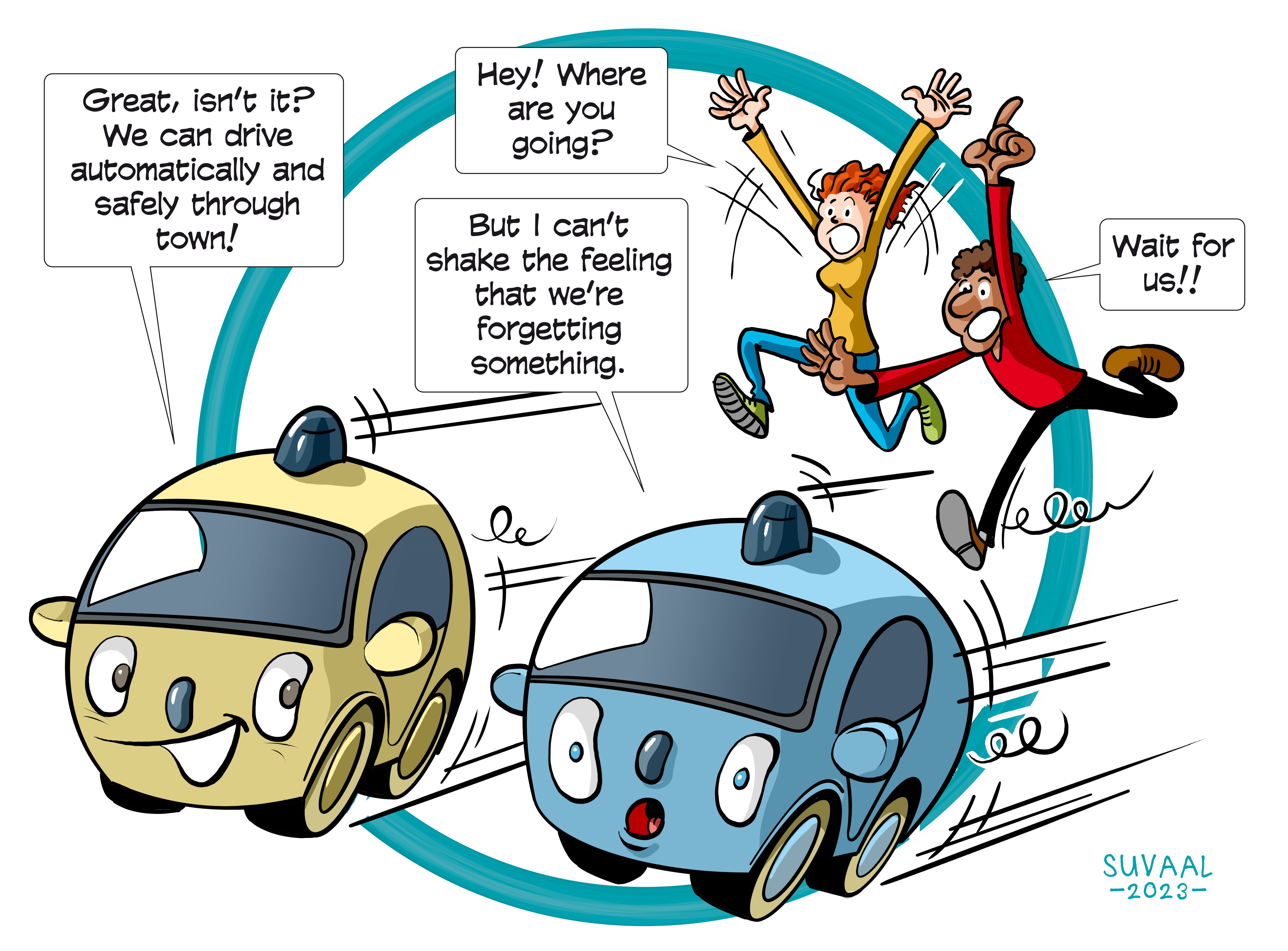HERALD lab
Research Themes: Software Technology & Intellligent Systems


A TRL is a measure to indicate the matureness of a developing technology. When an innovative idea is discovered it is often not directly suitable for application. Usually such novel idea is subjected to further experimentation, testing and prototyping before it can be implemented. The image below shows how to read TRL’s to categorise the innovative ideas.
Summary of the project
At the Herald lab researchers work together to create automated vehicles that are guaranteed to be safe for human road users such as other drivers, pedestrians, or cyclists. At the lab they are developing algorithms that focus on safety and robustness and are human-aware at the same time. Through an iterative open process the researchers try to find ways how to responsibly incorporate safety-by-design in automated vehicles. Through the considerations of specific scenarios the researchers try to formalize what responsibility will look like in an algorithm, bridging the gap between the philosophical and theoretical level to something that will work on a practical level.
Scalability is one of the big challenges for the research at the Herald lab, with respect to both performance and generalization of their algorithms. On the one hand, the lab aims to create algorithms that are time-efficient and can be scaled to complex problems faced by an automated vehicle. On the other hand, they should generalize to different variations of the scenarios such a vehicle can encounter.
What's next?
Automated vehicles are still a long way from being able to drive freely on the streets of our cities. On the algorithm side, the next step is looking into how the certainty of the decisions made by the automated vehicles can be increased. Another of the next steps is to make the developed algorithms and approaches useful for addressing societal challenges in other domains, for instance applying them to healthcare where similar issues of safety and responsibility are faced by care robots interacting with humans.
With or Into AI?
Both
Dr. Luca Laurenti
Dr. Arkady Zgonnikov
Julian Schumann
Frederik Mathiesen
Ashwin George
Steven Adams
Faculties involved
- 3mE
- EEMCS
- CEG
